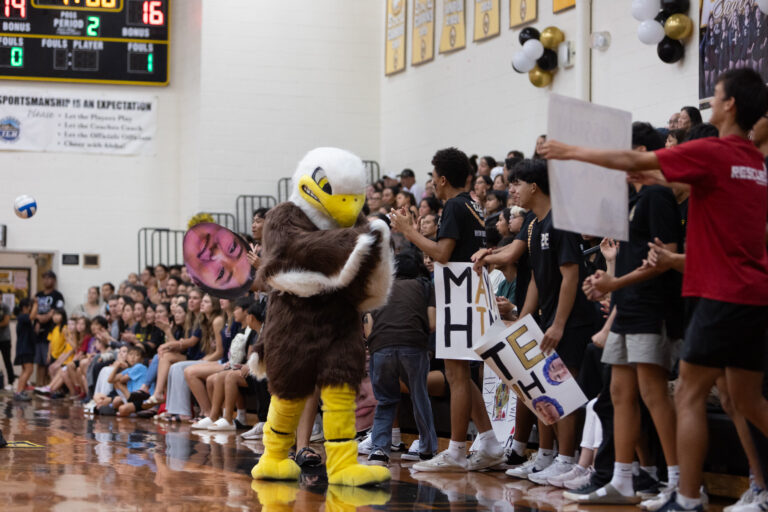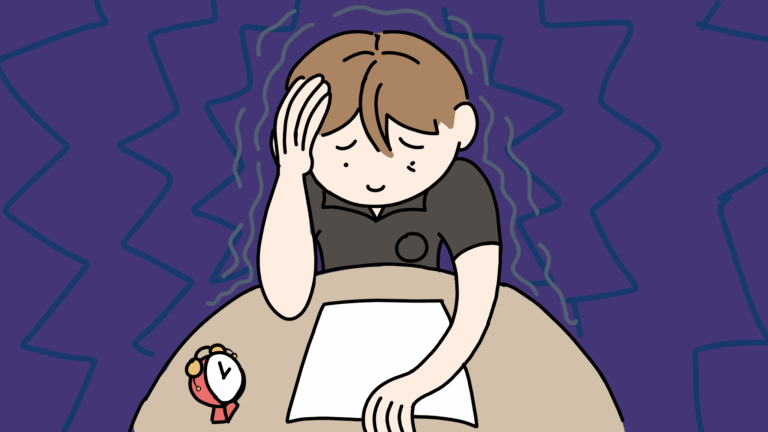Compost piles, leftover food, and a bin full of worms makes the perfect foundation for living with no waste.
During the Environmental Club’s fall break field trip to Lanikai Elementary, HBA students got to see what it is like for a school to be a zero waste school, the only one on Oahu. The purpose of the trip was to learn about what it takes to be a waste-free school and implement some ideas at HBA.
The field trip began with a school tour. The group was shown different methods of composting at the school. The first and most common method is the worm bin. In large bins, leftover fruits, vegetables, and grains are thrown in and fed to the worms inside. The scraps that are eaten by the worms become vermicast, which are worm droppings used as a soil amendment. As disgusting as it may sound, the worm bins have no odor and the school has never reported a pest problem related to the bins. Lanikai Elementary currently has five of these worm bins located around the school.
Hot composting is another one of the school’s zero waste systems. In hot composting, old food is placed in a pile with mulch and left in the sun under sheets of burlap. Temperatures in the piles can reach up to 160 degrees as the food decomposes. With the hot compost piles, the elementary students collect data and chart it to see how each pile compares with the others.
“It was really cool to see an entire school working together to make their environment a little bit better.”
Environmental Club adviser Claire Mitchell
The last type of composting available at the school is its bokashi program. Unlike the other composting methods, bokashi has the ability to decompose meat and dairy. Bokashi bran is wheat bran mixed with organisms and molasses that has been fermented for a couple weeks. The Environmental Club was able to help make a batch of bokashi bran during the field trip with the school’s fifth graders. Containers of the bran had already been fermenting for a while, so it was the students’ job to open the containers up and dry out the bokashi. “We actually got to participate in the process of decomposing food,” said junior Tiara Moss. “It wasn’t just someone telling us how to do it. We actually got to get involved with hands on activities.”
Junior Megan Yoshioka, vice president of the club, recalled that the smell of the fermentation was “pretty bad.” She said, “It smelt like alcohol.” With the finished bokashi, the Environmental Club went on to start a bokashi bin, which involved taking food from past lunches and breaking it up into small pieces. Everything from half eaten fruit to whole pizzas was thrown in a bin and mixed with the bokashi bran. Junior Karly Tom, president of the club, said, “I liked the fact that the members were able to be a part of learning because some of the composing systems Lanikai Elementary has set up are systems that the club plans to set up on our campus.”
To complement their composting system, the school focused on sorting out different wastes. Specialized rubbish bins known as “Sort-it-out-Sam” bins are located around the campus. These bins are a simple and easy way for students to separate different types of trash. Food waste, paper, recyclables, and non-recyclables all have their own compartment in the bins and it is the students’ responsibility to put the right trash in the right place. After lunch, students are also tasked with sorting out their leftovers. Milk goes in one bucket, food in another, and any wrappers or bags go in the trash. Selected students from fifth grade are in charge of putting the buckets where they need to go.
“It was really cool to see an entire school working together to make their environment a little bit better,” said Science teacher and club adviser Claire Mitchell. “It’s a lot of work to be a zero waste school but everyone—teachers, administrators, and especially students—is passionate about doing their part to be ‘zero heroes.’ ”
HBA’s Environmental Club is working to introduce new ways of reducing HBA’s waste. It already has an established worm bin located behind the student services office at the high school and is exploring possible composting projects. “Zero waste is certainly something we can achieve at HBA,” said Mitchell, “but it will take long term buy-in and commitment from everyone in order for us to truly make an impact.”
Photograph by Karly Tom (’17)






